Vittorio Mortarotti è un fotografo italiano. Nel 2008 ha la sua prima mostra personale al Photomonth di Cracovia, e fa parte della mostra Behind Walls curata da Wim Melis. Nel 2010 è parte di Italian Emerging Photography del Mois de la Photo di Parigi. Ha esposto a Manifesta 9 e all’Arsenal di Metz, ed è stato selezionato per diversi premi. Il progetto The First Day of Good Weather diventa un libro, selezionato per il First Book Award 2015 e poi pubblicato da Skinnerboox. Insieme ad Anush Hamzehian ha recentemente vinto il Leica Prize al Festival Images di Vevey.
Il 6 agosto 1945, un bombardiere americano, l’Enola Gay, lancia la prima bomba atomica sulla città di Hiroshima. Tra l’8 e il 9 luglio 1999 il padre e il fratello dell’autore muoiono in un incidente d’auto. L’11 marzo del 2011 un forte terremoto ed un conseguente tsunami colpiscono un’ampia area del Giappone, e causando circa 25000 vittime e un incidente nucleare. Nel 2012, Mortarotti ritrova la corrispondenza tra il fratello ed una ragazza giapponese, Kaori, risalenti al 1999.
Questi tragici accadimenti, non correlati tra loro, uniti al ritrovamento delle lettere costituiscono il sottile terreno su cui è costruito The First Day of Good Weather. Il progetto nasce quindi da quelle lettere, e dalla successiva ricerca di Kaori, da subito percepita come «un pretesto per cercare storie di perdita e ricostruzione attraverso il Giappone».
Quasi una struttura a spirale, un gioco di richiami e ripetizioni che ha poi determinato la struttura del libro: le immagini si susseguono come irrelate, per poi trovare al centro una grande onda, con in mezzo una delle lettere di Kaori al fratello.
Stampate su una spessa carta celeste, l’onda e la lettera sono l’epicentro di questo racconto, una sorta di "presente sospeso" dove una storia privata ed un’altra collettiva si manifestano attraverso i frammenti che hanno lasciato: «questo perché è una storia che unisce due fatti diversi, e volevo che da un lato fosse diretto e documentario, che contenesse tutto quello che avevo trovato, i resti, etc., ma che allo stesso tempo non avesse delle connotazioni dirette, e questo succede più con i ritratti, che sono al buio, un po scomposti. Volevo che ci fosse una specie di ambiguità temporale su quell’evento lì – poco prima, poco dopo – un evento tragico».
L'intera sequenza è stata costruita in modo che alcuni elementi sembrassero già visti, che non ci fossero mai delle vere e proprie sorprese: la percezione di un ricordo, più che di qualcosa che stai scoprendo: «non avere connotazioni precise segue il mio desiderio di cercare un percorso emotivo che avesse a che fare con la memoria, più che con un elemento informativo delle foto», così Vittorio ci ha descritto il processo di editing, realizzato anche con l'intento di evitare «ogni forma di patetismo che potesse venir fuori dal racconto di questi eventi».
Come un'archeologia del ricordo, The First Day of Good Weather è forse il racconto topografico di una memoria ambigua, fatta di frammenti, dove si crede che i luoghi possano ancora restituire il tumulto che li ha attraversati.
The First Day of Good Weather è stato pubblicato da Skinnerboox. Da questo progetto è poi nato Après, realizzato da Anush Hamzehian.
Gabriele Magazzù
ENGLISH VERSION
Vittorio Mortarotti is an Italian photographer and had his first solo show in 2008 during Photomonth in Krakow, while in the same year he was part of the Behind the walls exhibition curated by Wim Melis. In 2010 he presented his photographs at the Italian Emerging Photography show during Mois de la Photo in Paris. His work was exhibited at Manifesta 9 and at Arsenal in Metz, and he was shortlisted for several awards. The project First Day of Good Weather became a book in 2005 and it was selected for the First Book Award in 2015, later published by Skinnerboox. Together with Anush Hamzehian he recently won the Leica Prize at the Festival Images in Vevey.
On the 6th of August 1945 an american bomber named Enola Gay, drops the first atomic bomb on the city of Hiroshima. On the night between the 8th and the 9th of July 1999, Mortarotti's father and brother die in a car accident. The 11th of March 2011 an earthquake and the consequent tsunami strike a vast area of Japan causing 25000 victims and a nuclear disaster. In 2012 Mortarotti finds a correspondence between his brother and a Japanese girl, Kaori, dating back to 1999.
All of these unrelated tragic events together with the discovery of the letters, constitute the subtle terrain on which The First Day of Good Weather is built. The search of Kaori, and the revelation of her letters has been from the beginning «a pretext to look for stories of loss and reconstructions through Japan».
The book's spiral structure is determined by a game of recollections and reiterations: images follow one another as if totally unrelated, but together form a sort of great wave that finds its apogee at the centre of the book, where a letter from Kaori to the author's brother is found.
Printed on thick light blue paper, the wave and the letter are the epicentre of this account, a sort of “suspended present” where a private story and a collective one reveal one another through the fragments they left behind: «It's a story that links two different events: on one hand I wanted it to be direct, a document that contained everything I had found, but at the same time I wanted that its features weren't too clear, which is the case of the portraits, they are very dark and unarranged. I wanted to create a temporal ambiguity, [an allusion to the] time shortly before and shortly after a tragic event.»
The entire sequence was constructed in a way that some elements result in a kind of deja vu, so that the viewer would never be too surprised: [the experience of this book] should be like a perceiving a memory, not as the discovery of something new. While describing the editing process Mortarotti said: «The fact [that the project doesn't] have precise features, follows my will of finding an emotional path that has more to do with a recollection, not with the informative value of the photographs. I didn't want that the narrative of these events resulted in any way pathetic or pitiful.»
Like an archaeology of memory, The First Day of Good Weather is the topographic account of an ambiguous memory made of fragments, where it is believed that a place can still reveal the turmoil that that has gone through it.
The First Day of Good Weather is published by Skinnerboox. The project inspired a short movie called Après, directed by Anush Hamzehian.
Gabriele Magazzù
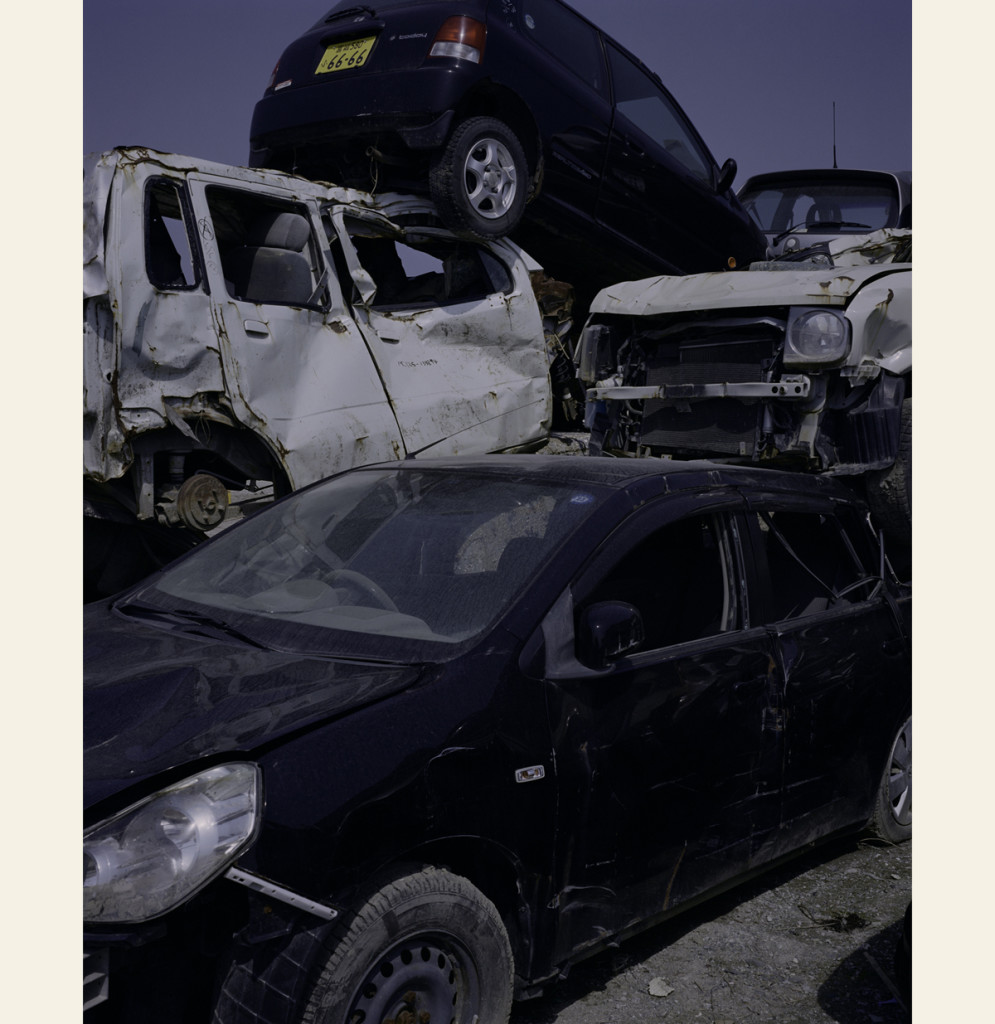
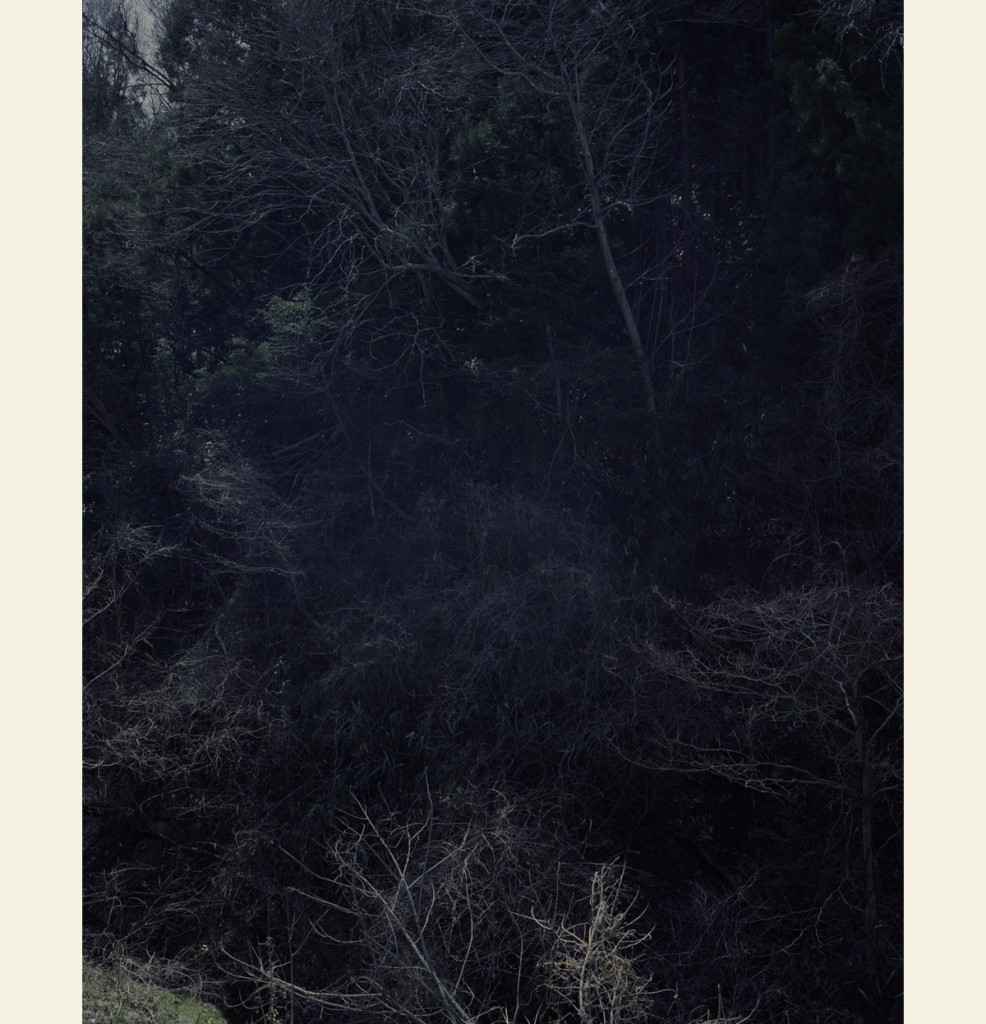
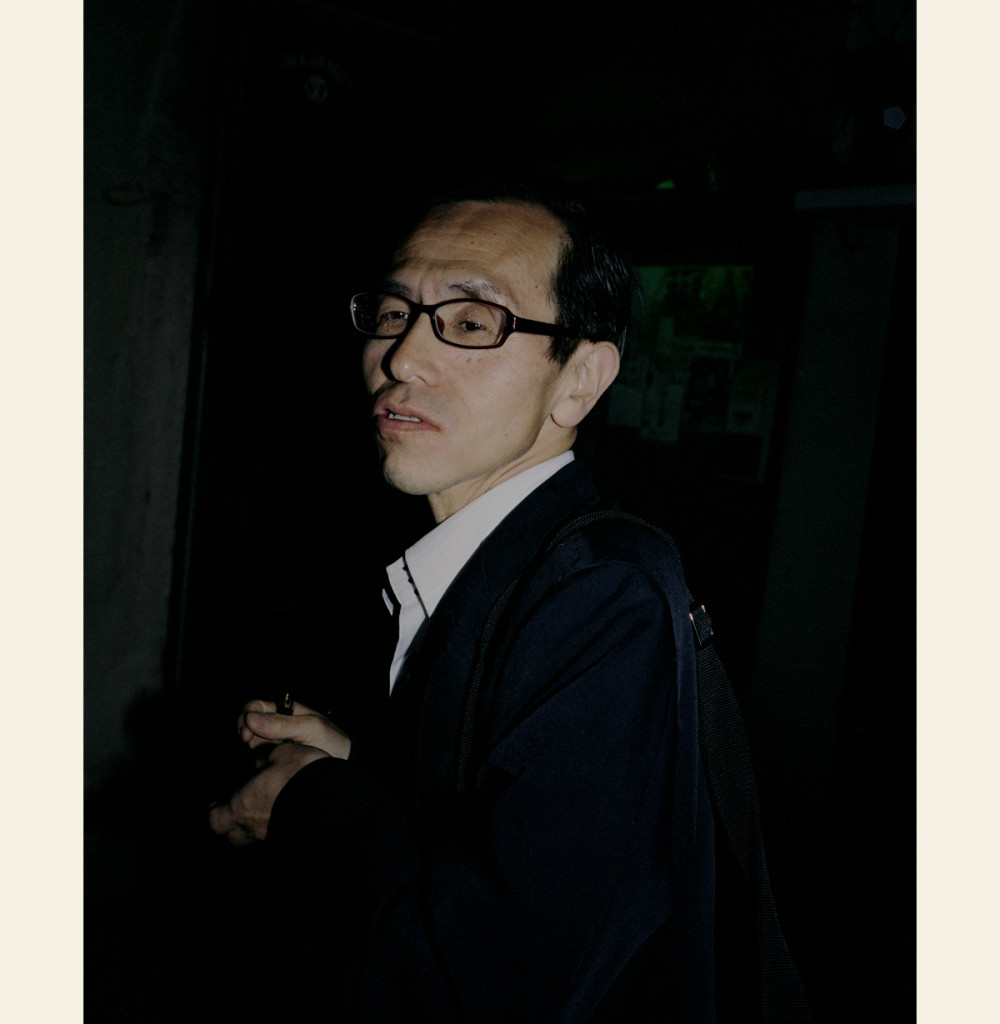
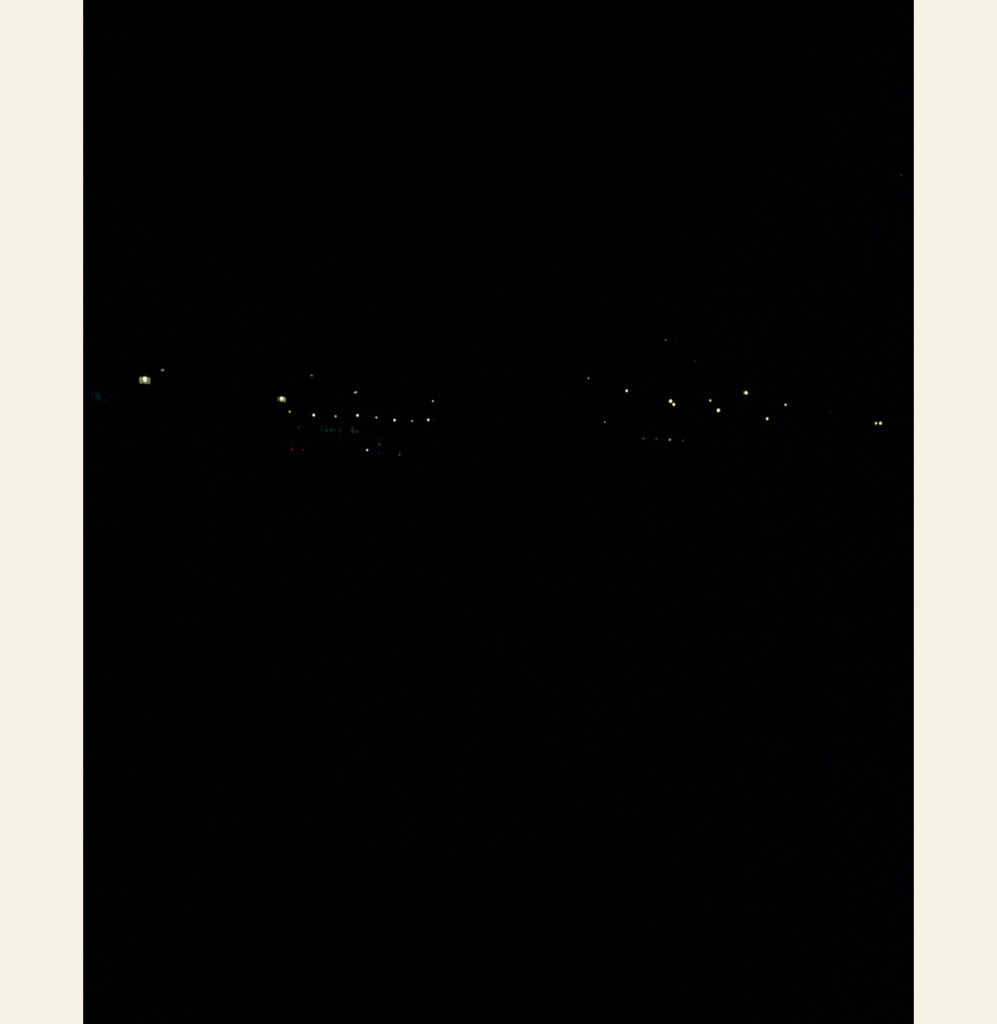
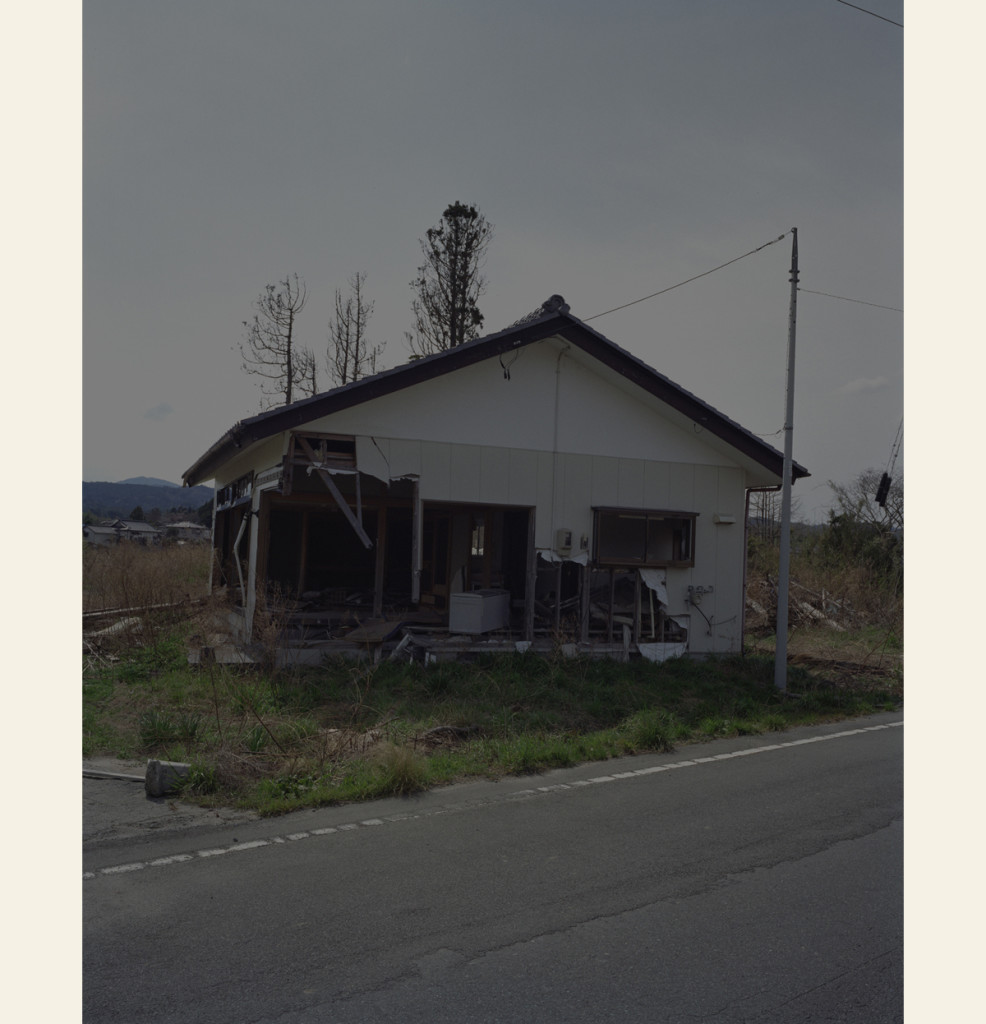

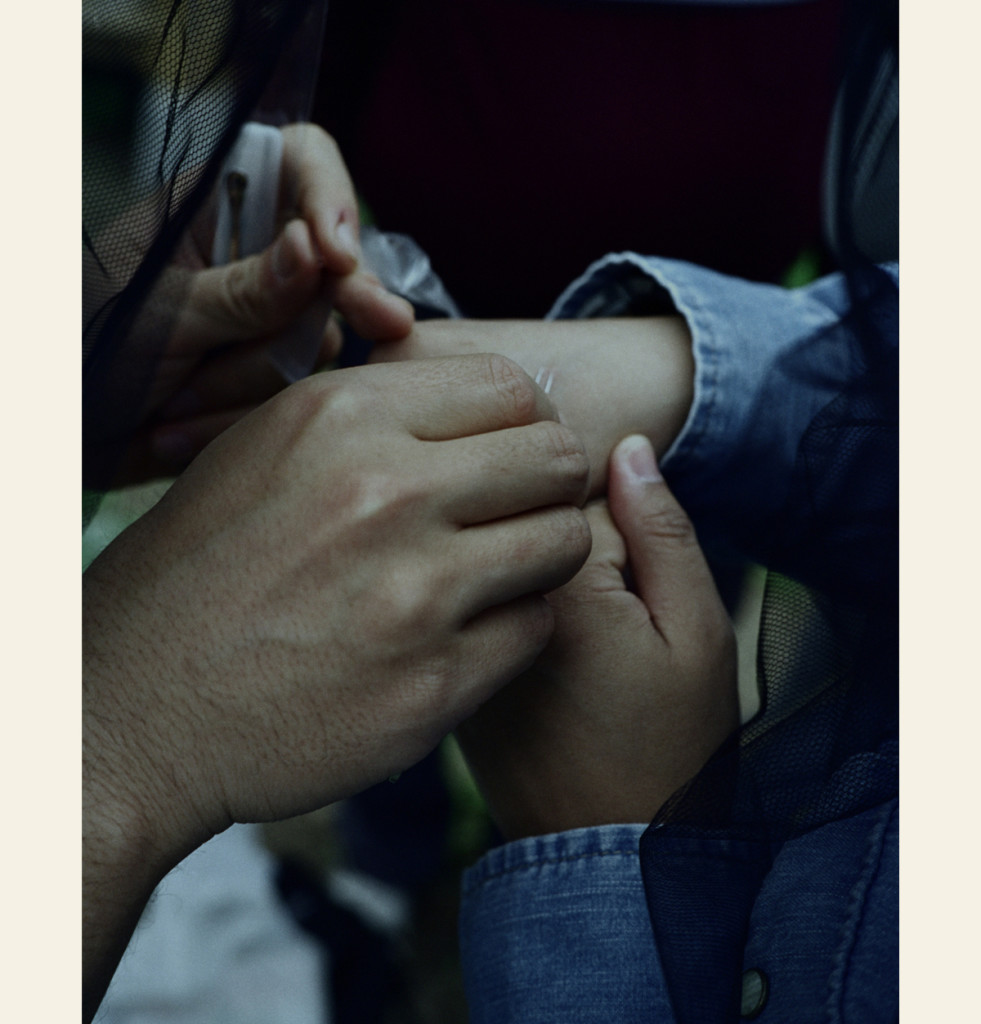
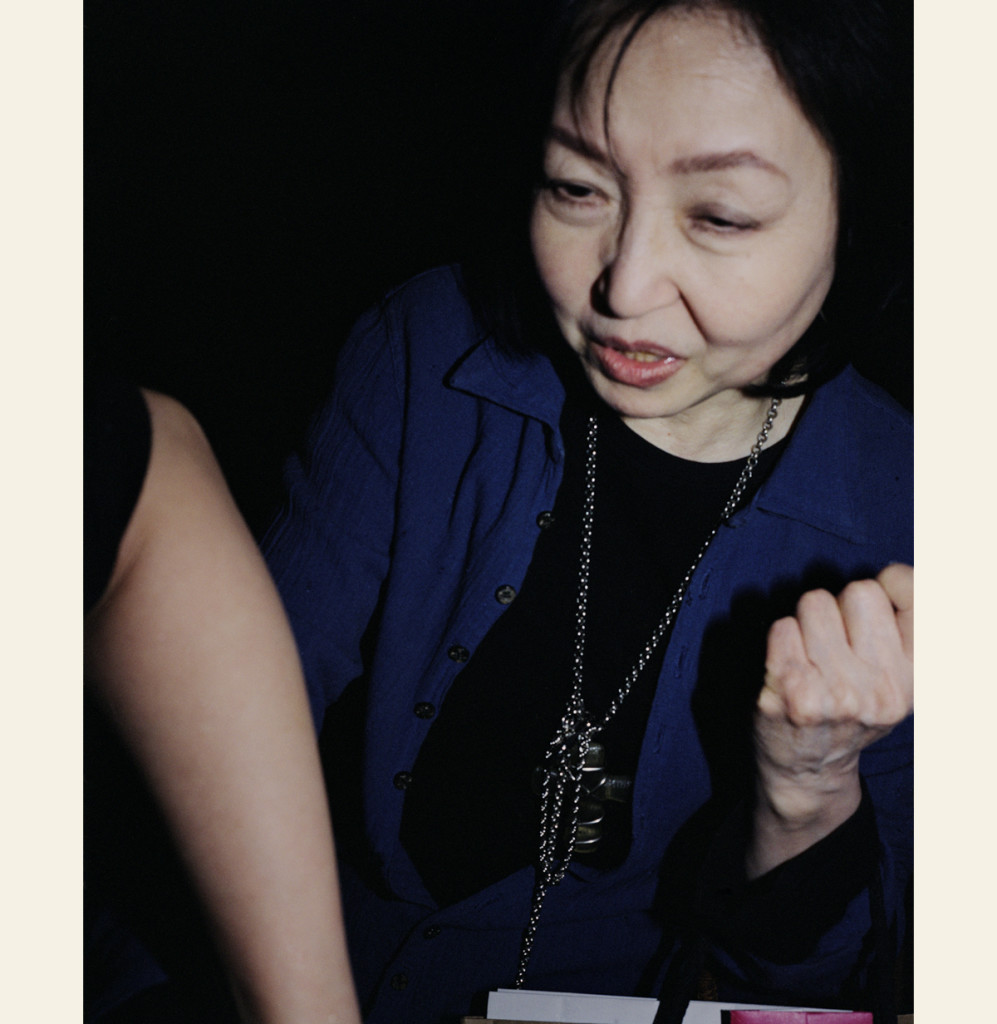
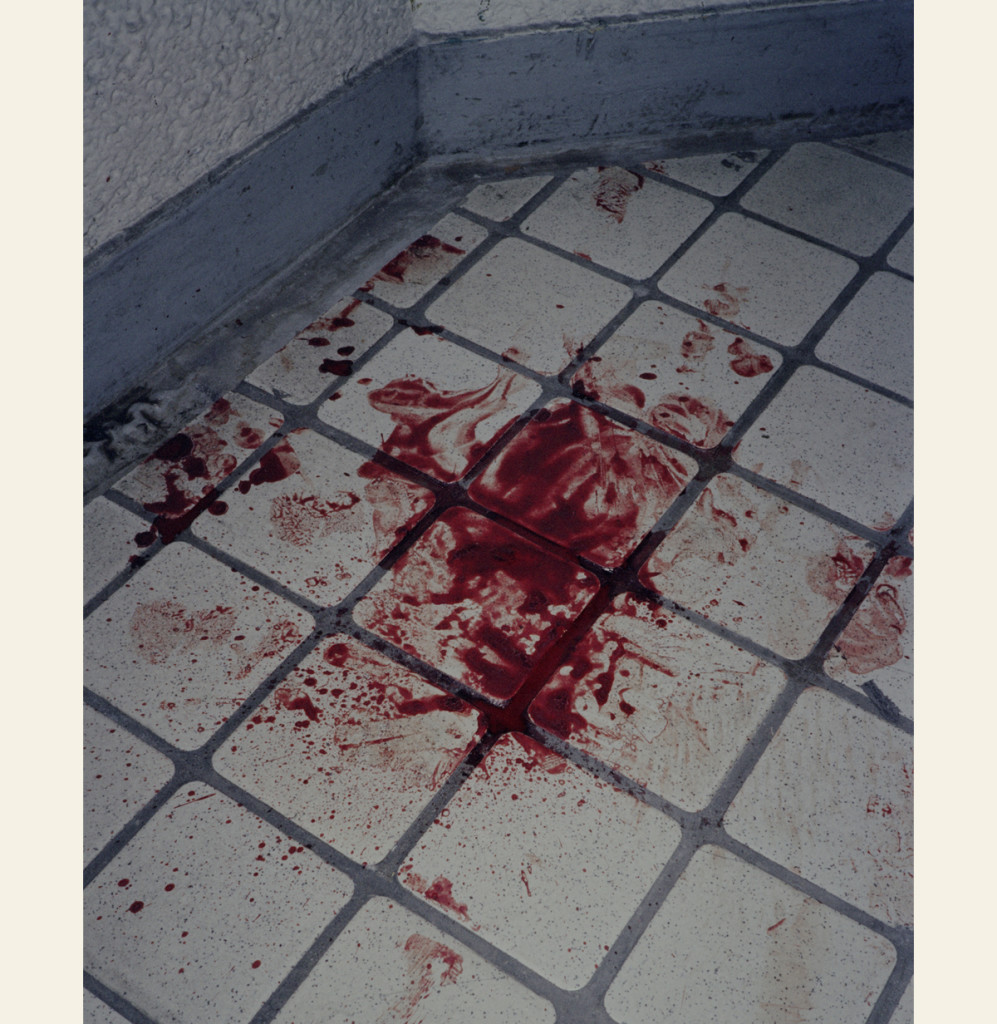
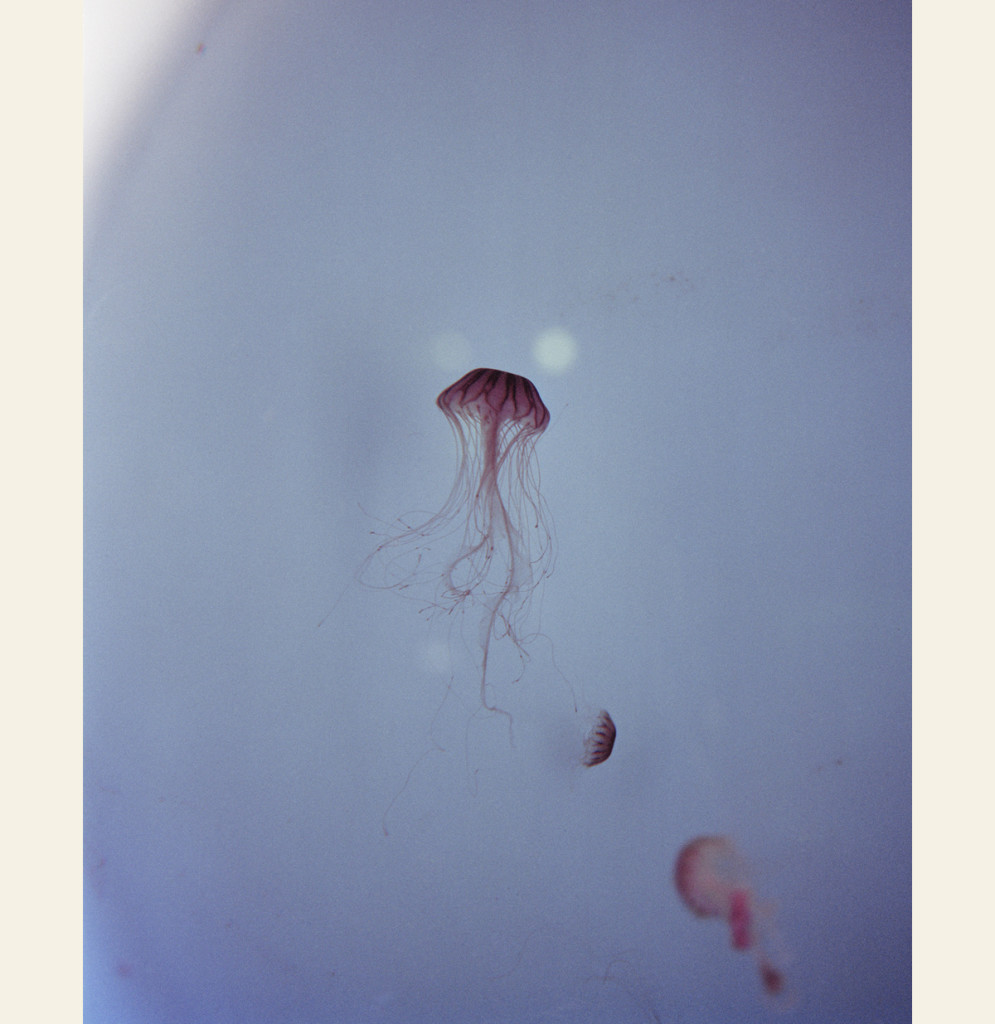

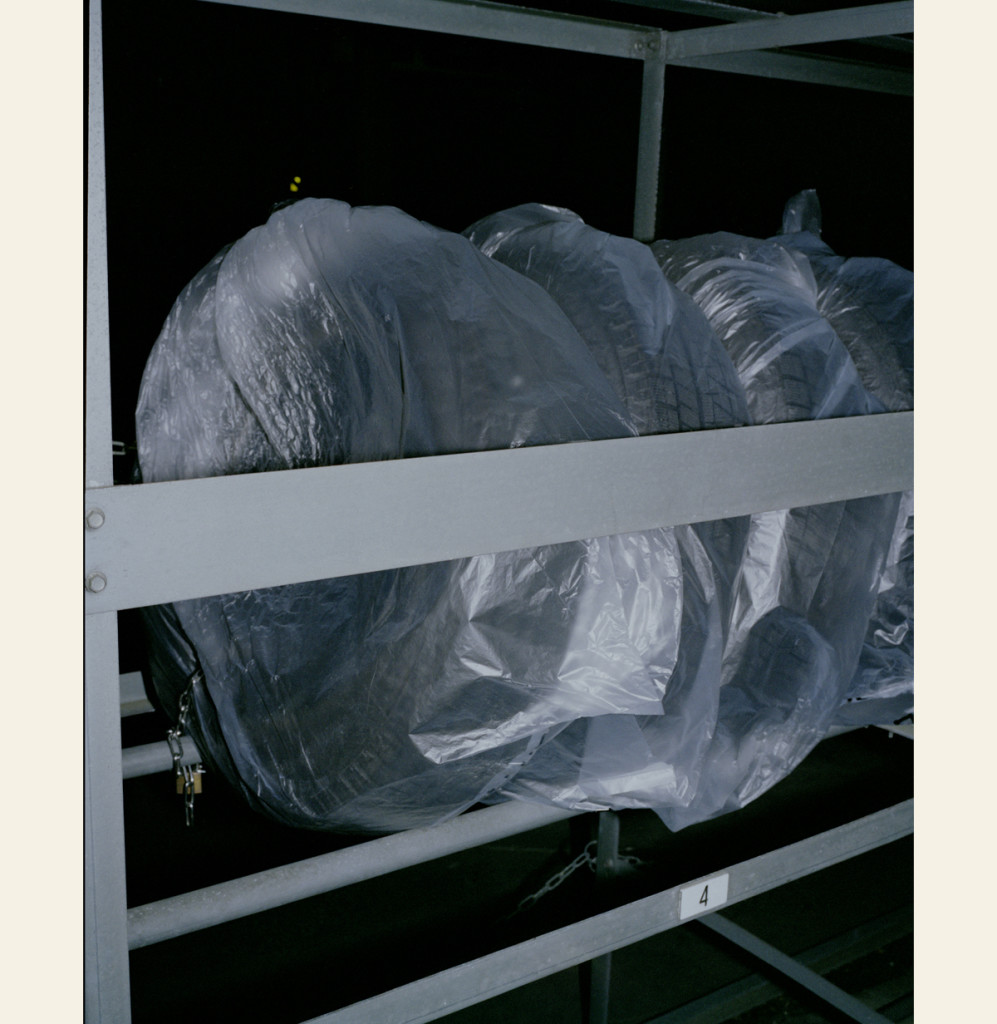

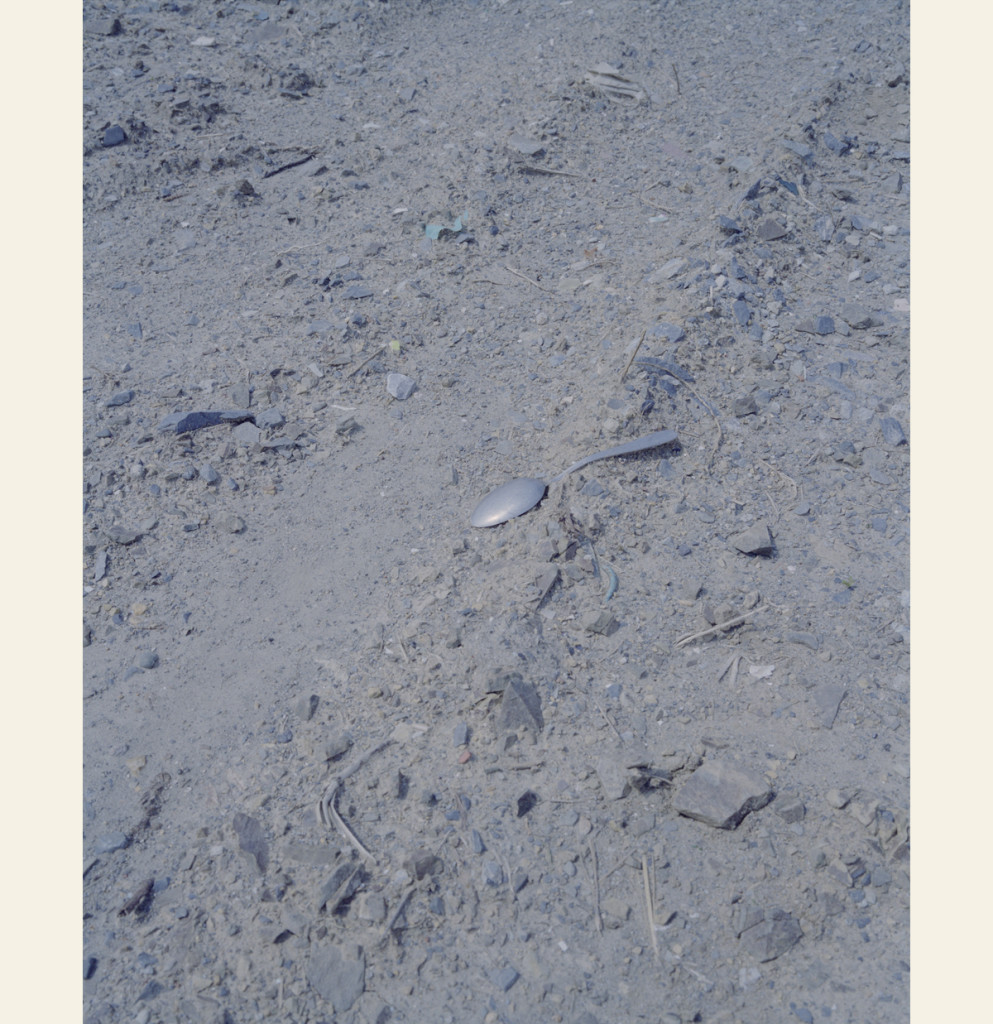
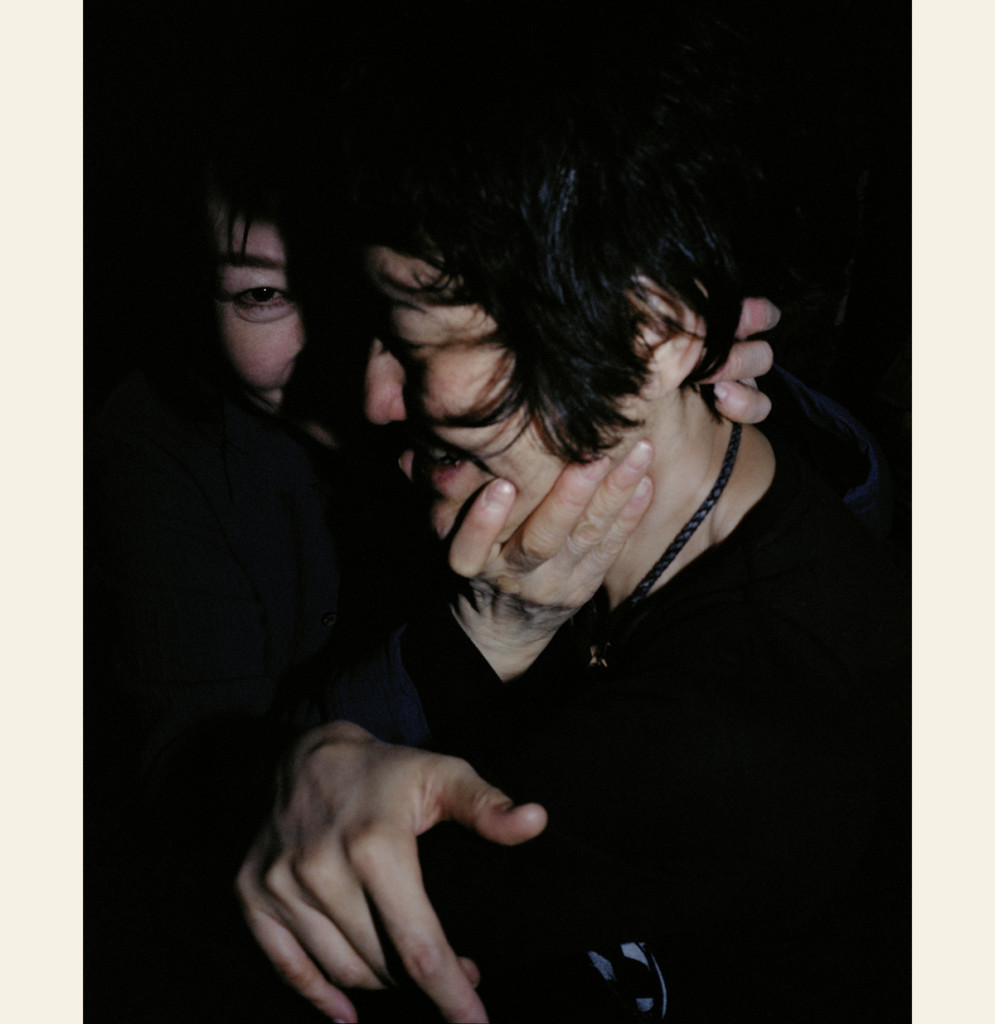
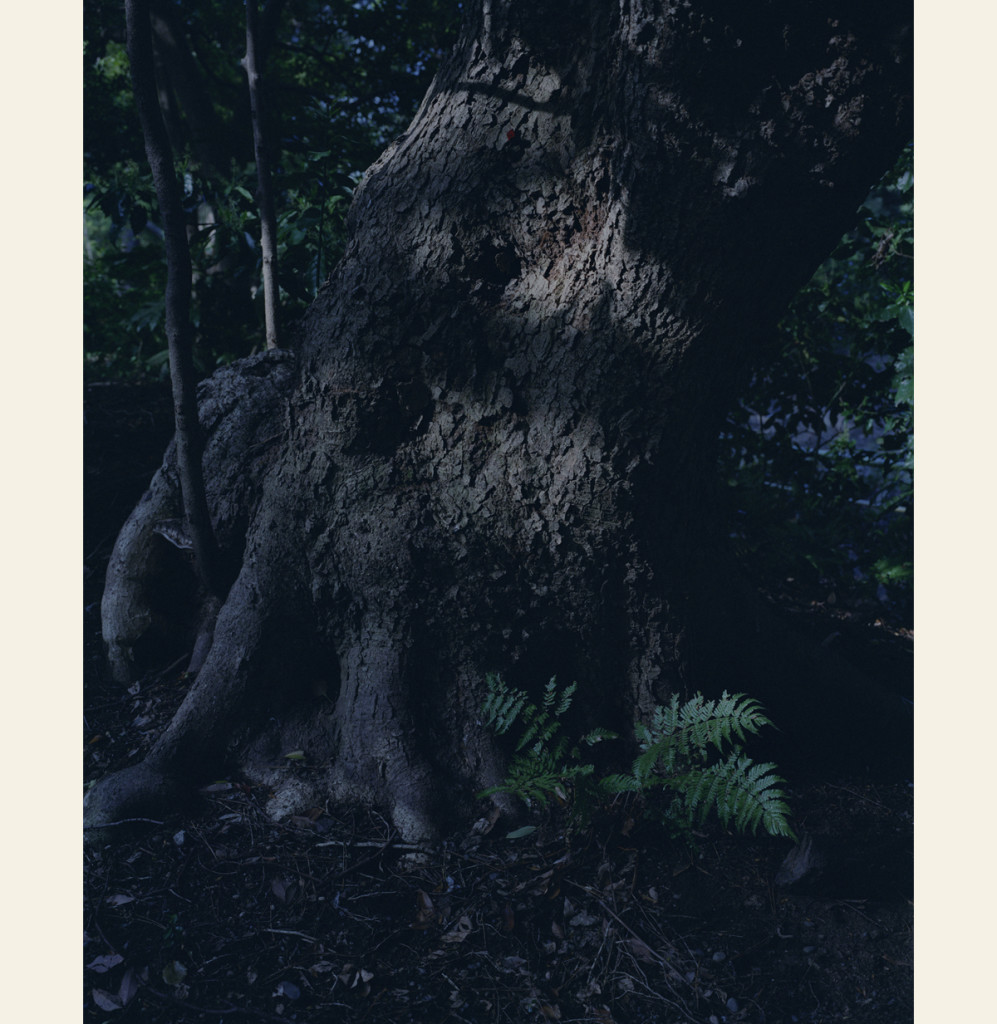
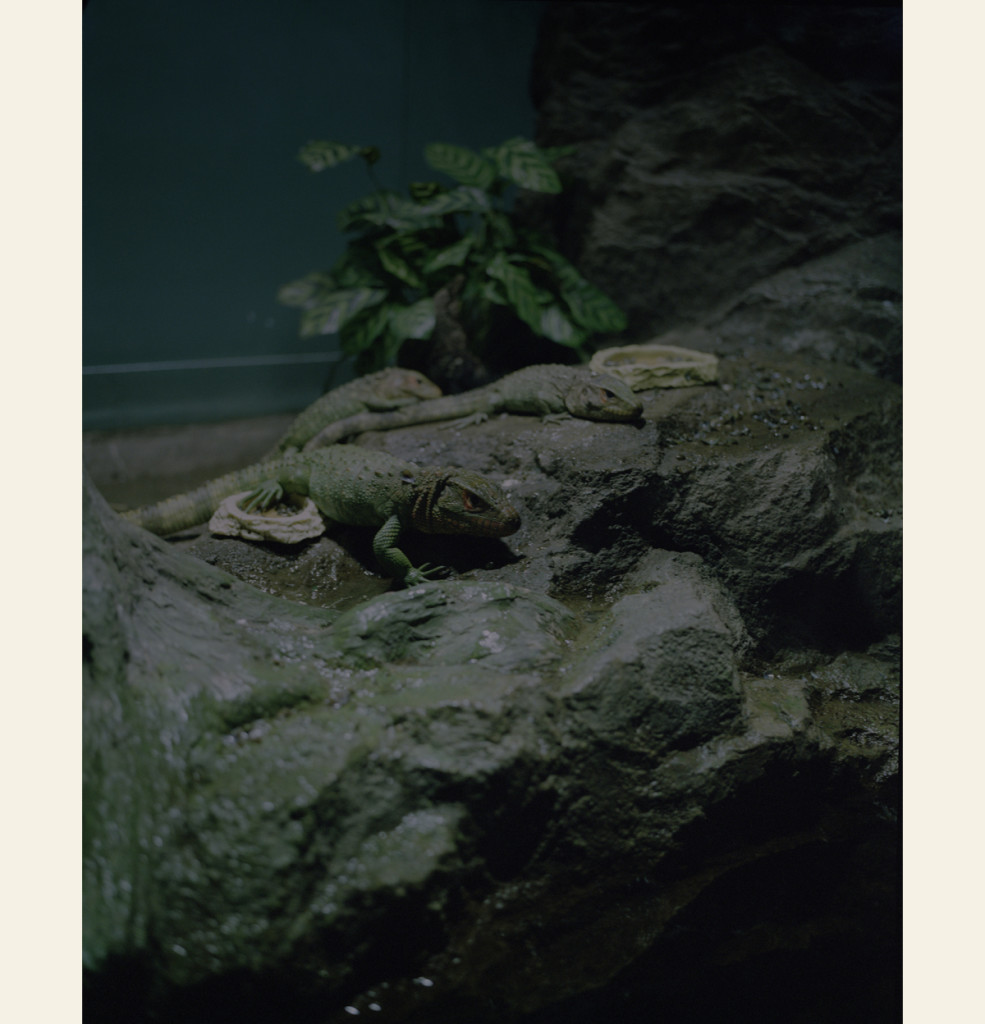
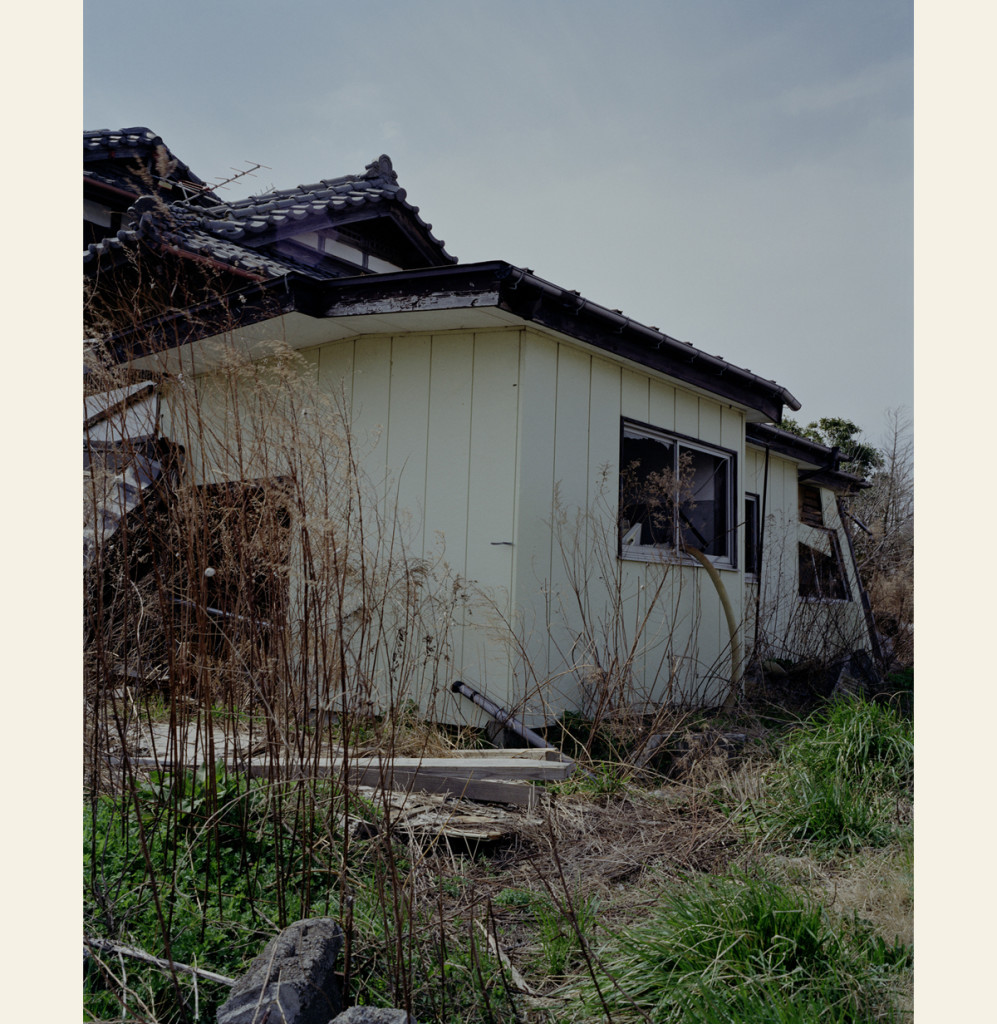
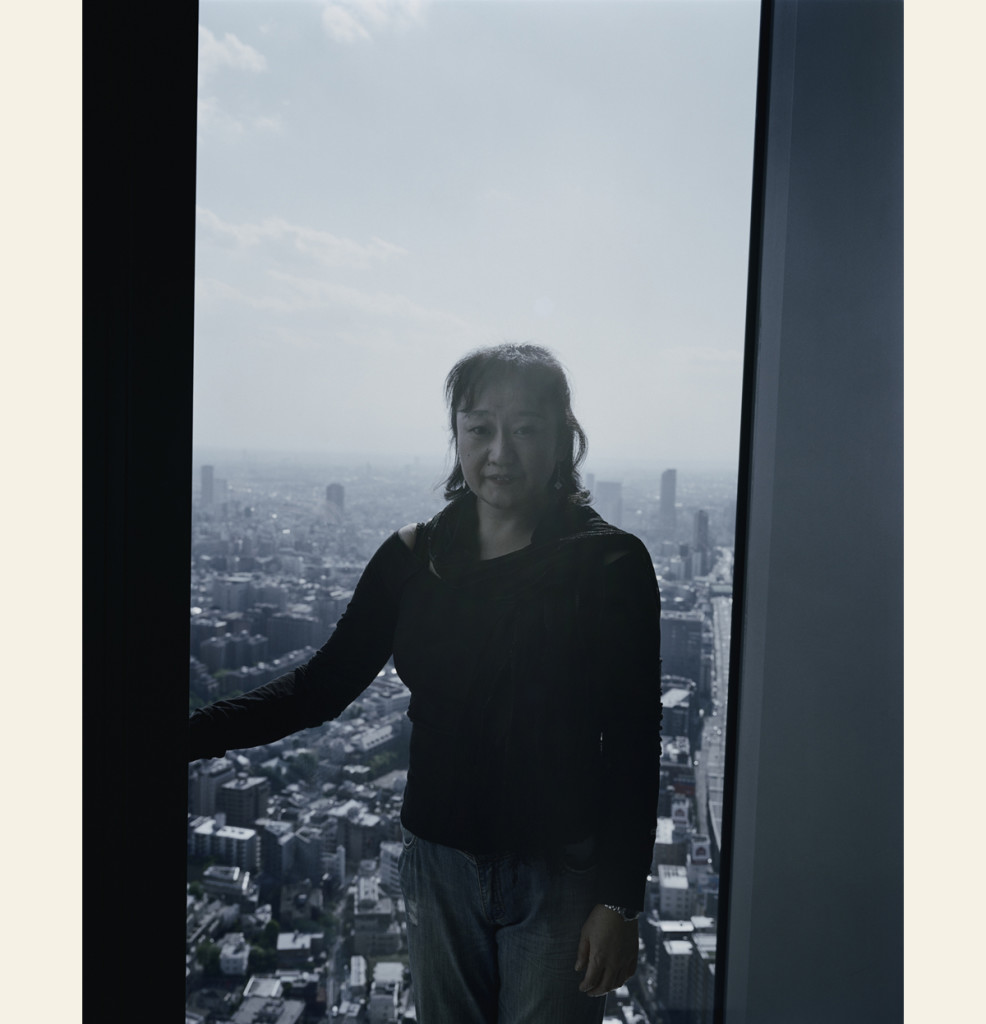

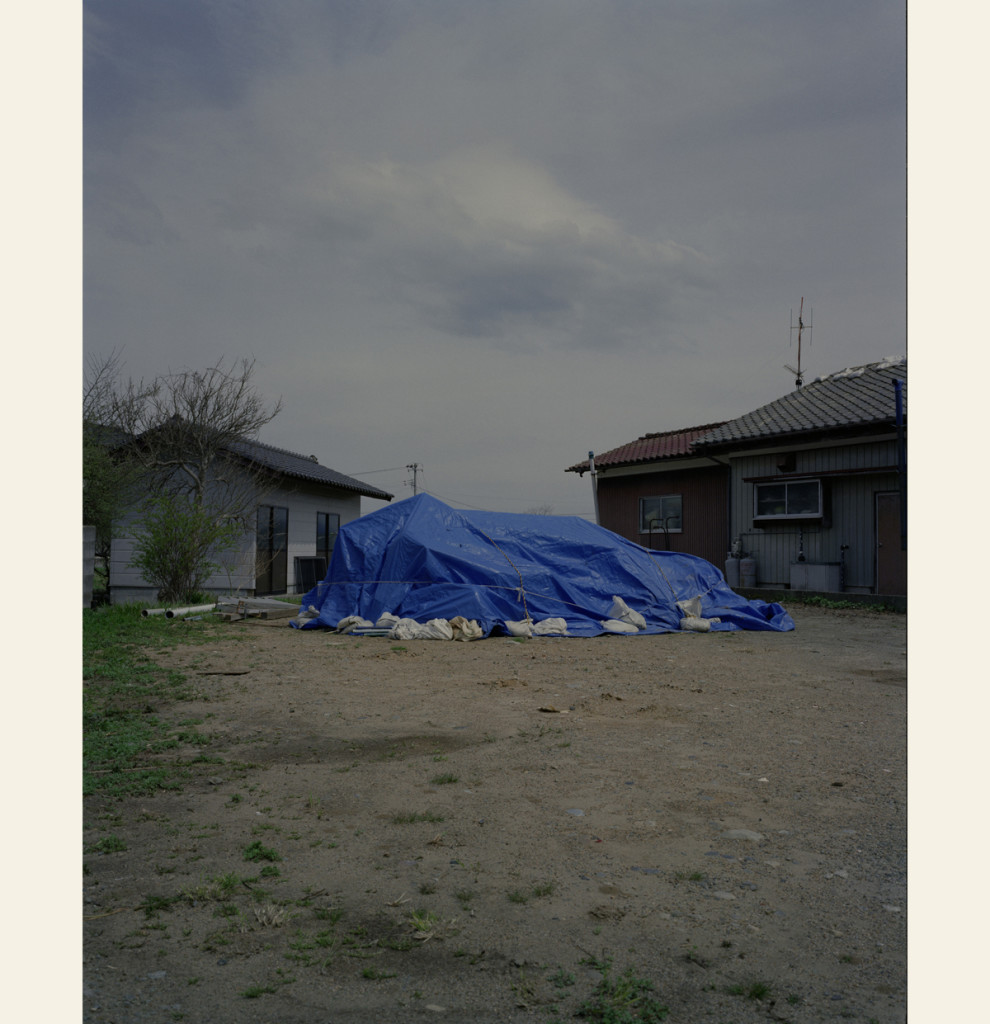
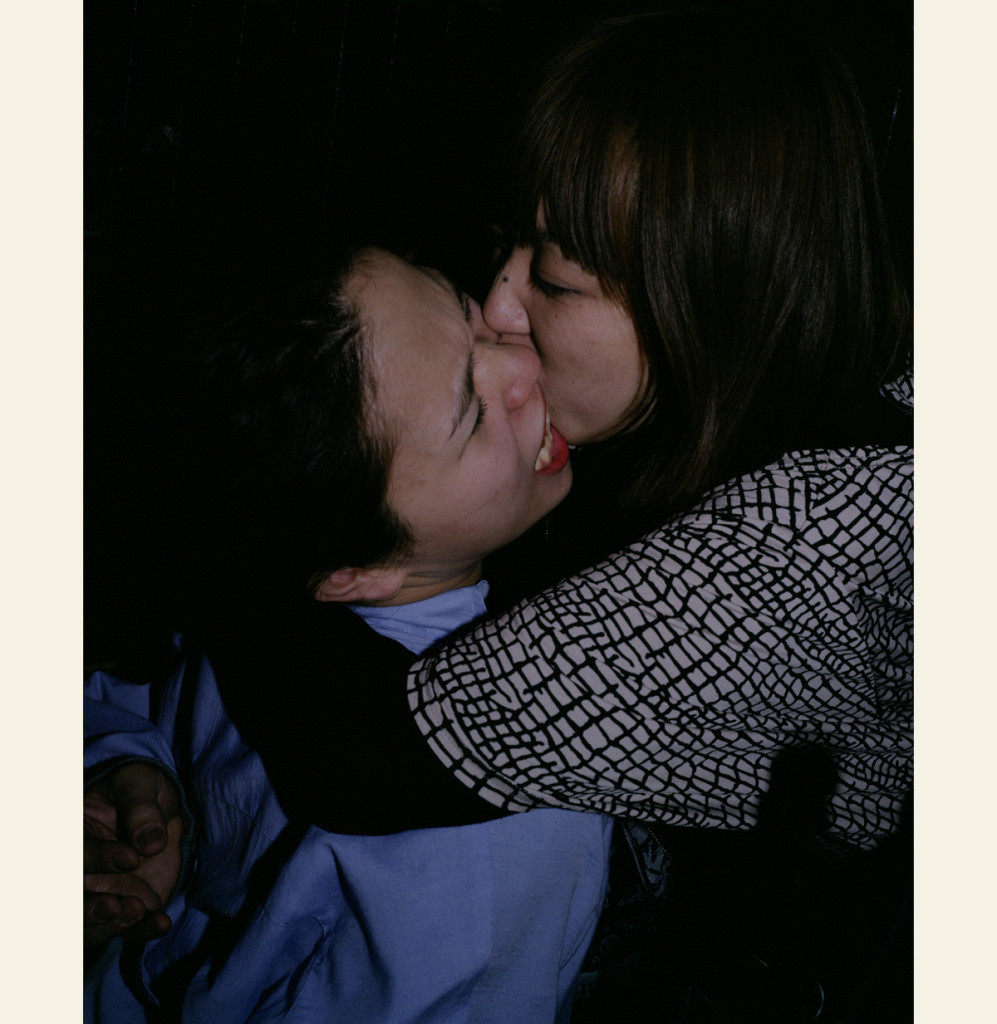
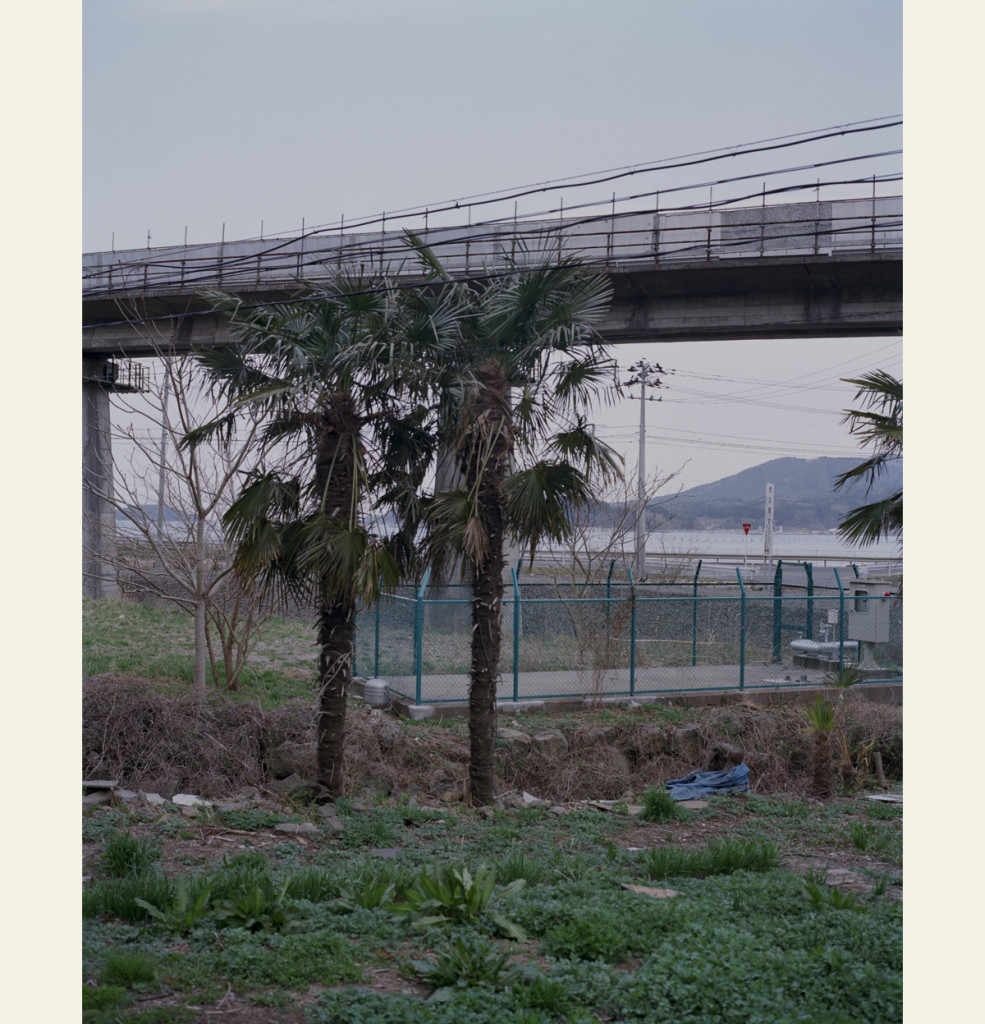

Leave a Reply